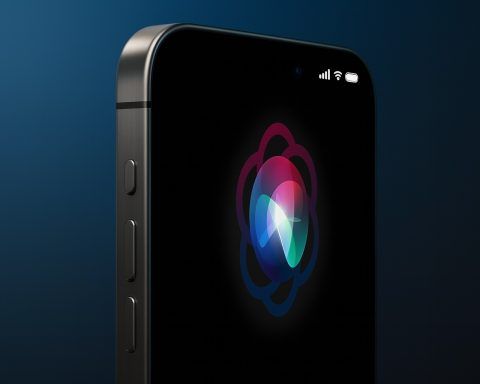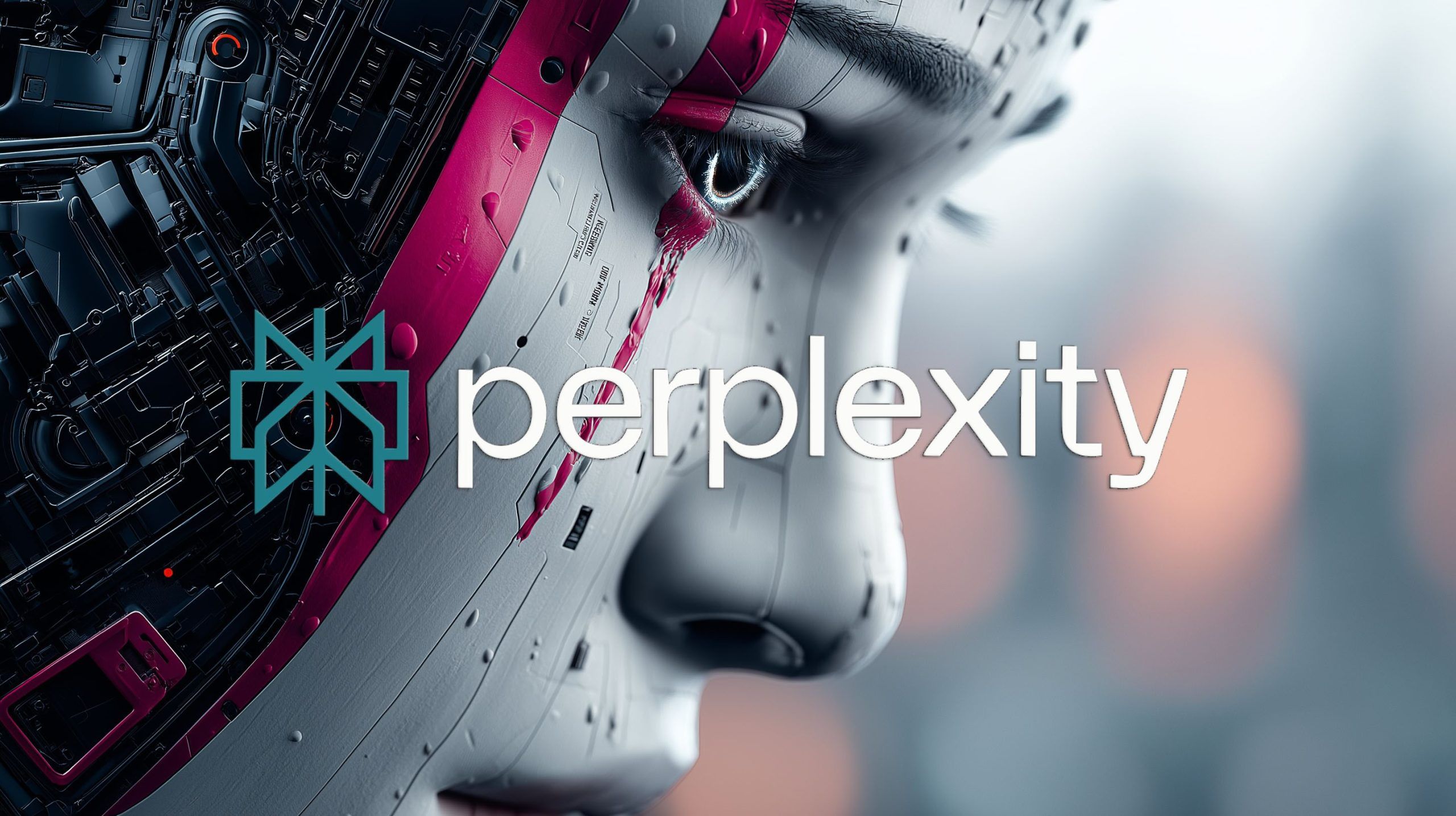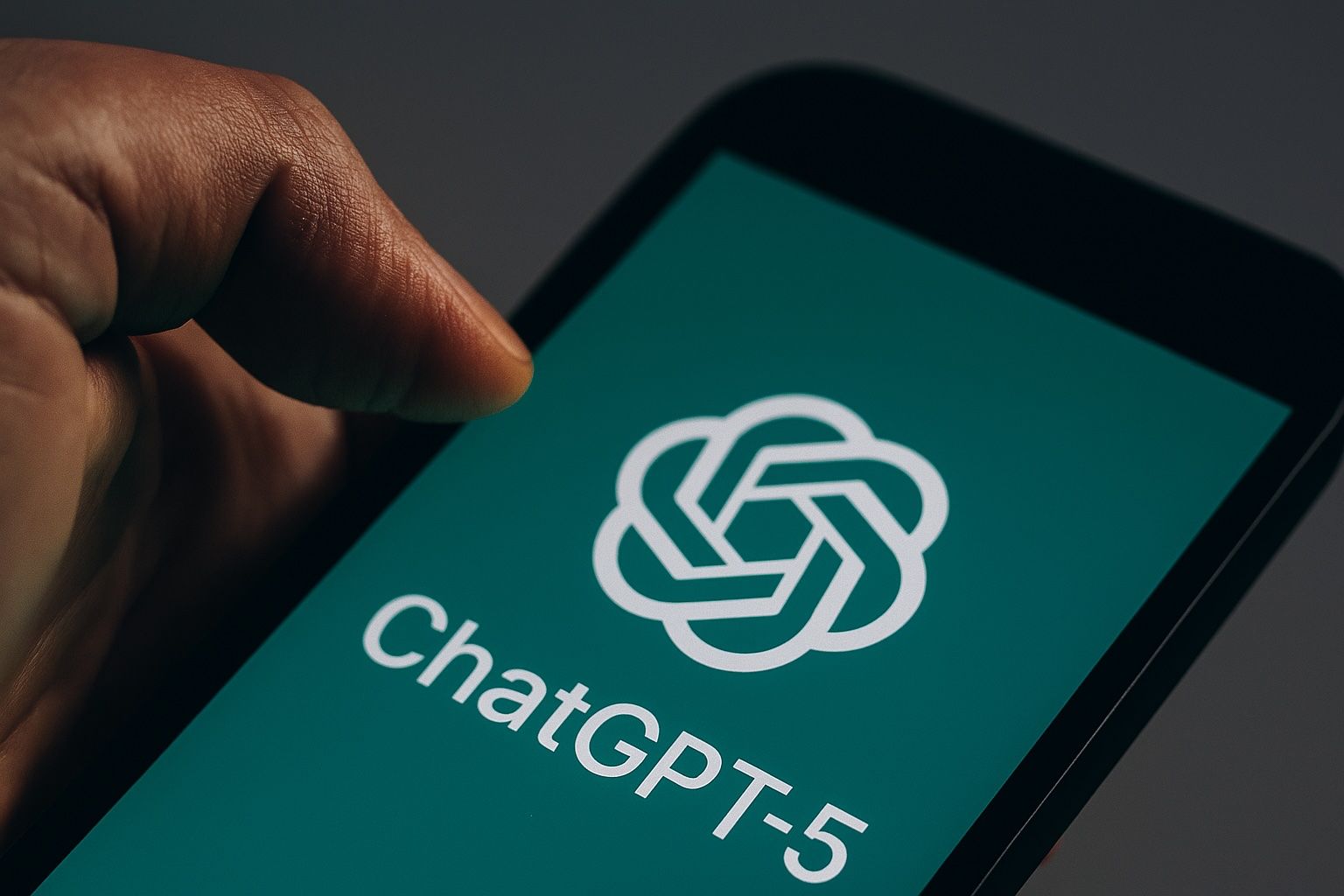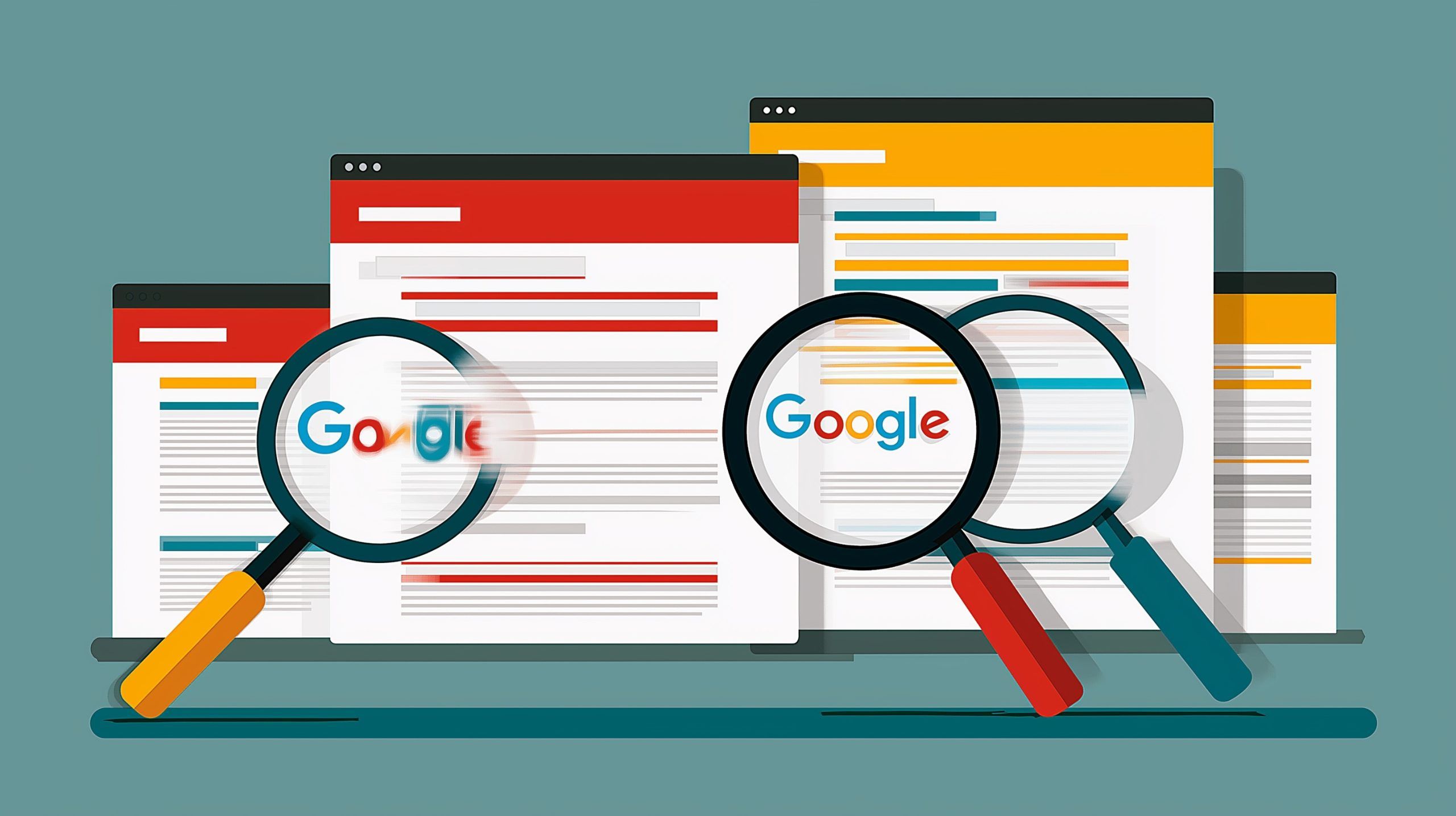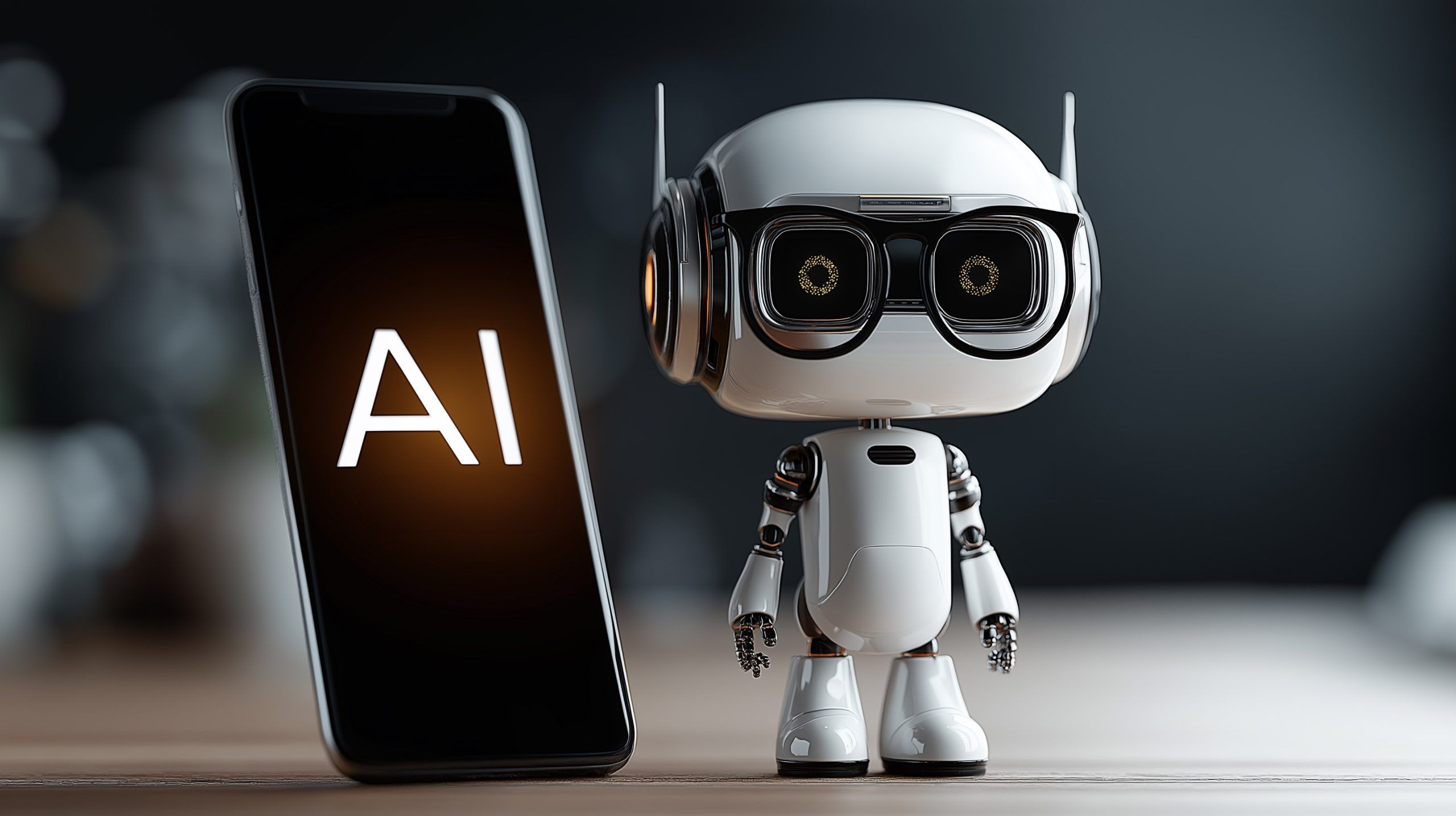
How to Invest in OpenAI in 2025: All the Ways to Own a Stake in ChatGPT’s Creator
Understanding OpenAI’s Unique Structure and Investors OpenAI’s background: OpenAI started in 2015 as a research lab co-founded by Sam Altman and Elon Musk (among others) with a non-profit mission. In 2019, to fund expensive AI development, OpenAI created a hybrid
